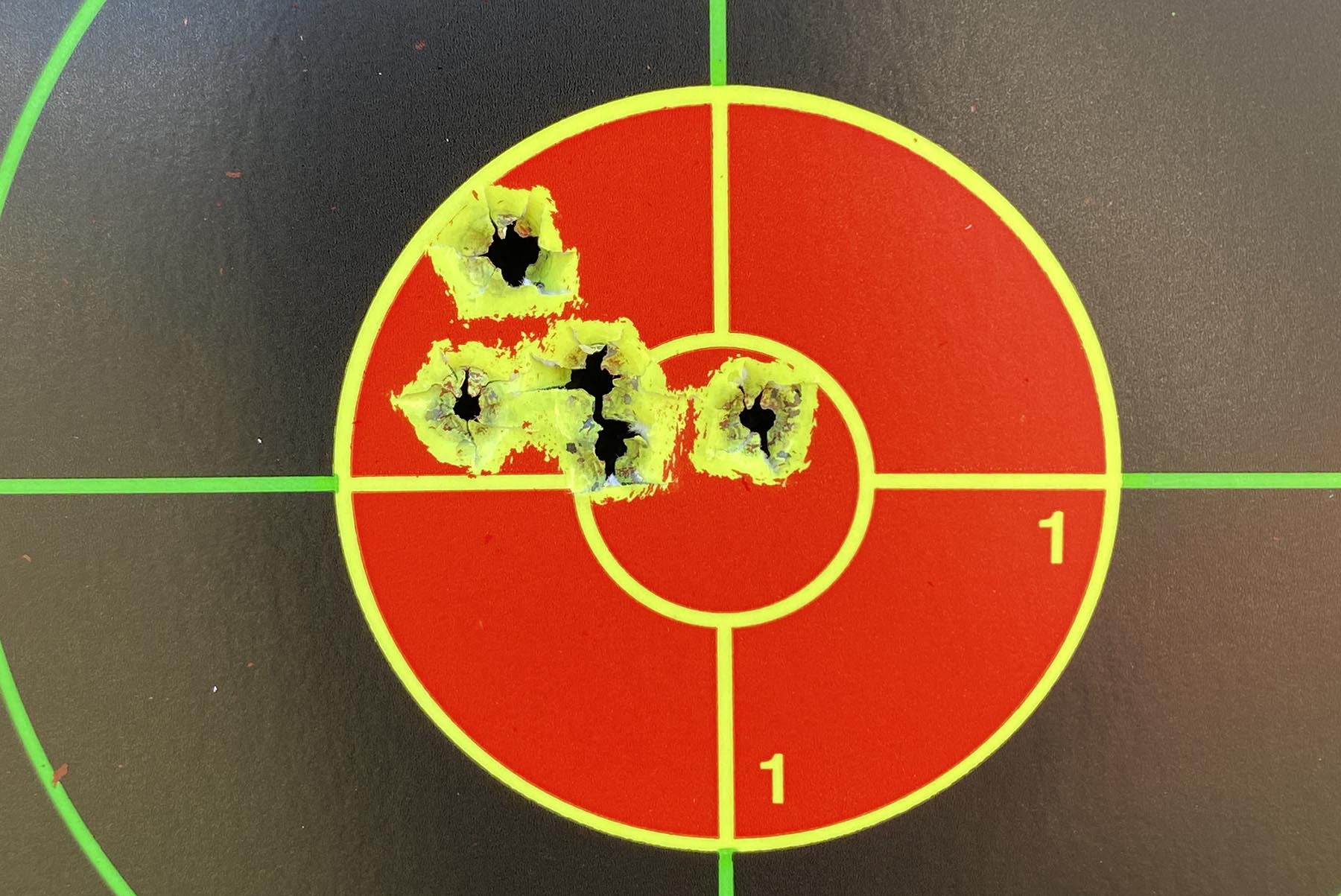One thing I’ve realised in 40-plus years of shooting and reloading is that it is not so much what is recommended that matters as what is not mentioned.
There’s a lot of advice available to us but still there are vital bits of information that are overlooked or ignored, and this can prevent from getting the best results when we shoot.

There are key facts not discussed when debating whether to shoot three- or five-shot groups. Advocates of five-shot groups claim it gives a better indication of the rifle’s true potential.
One thing missing from the statement is the possible effect of the two extra shots adding to the barrel fouling. Yes, I agree that it is probably small in value, but still it may contribute to a slightly bigger group.
Nothing is ever mentioned about the state of the barrel in the first instance; am I being unfair in suggesting that perhaps it should be clean?
Further, if so, was an initial fouling shot fired? Some disagree this is necessary, and it’s easy to find out. From a clean barrel, fire a single shot at the target to be used and mark it. Then fire your normal (?) three shots using the same aiming point and ammunition. If your first shot is outside the subsequent group, you know you need a fouling shot. This has been my experience with any number of rifles.

The next issue that is never mentioned is the speed of shooting. We all know that if you fire a rapid series of shots, calibre irrelevant, we will generate heat. So, when it comes to testing a load, just how fast should you shoot the test rounds?
My 7mm Remington Magnum’s barrel is very slim, and a single shot will transfer a lot of heat to the barrel. My normal regime of shooting at a comfortable pace simply fails: the subsequent group is normally bigger than three inches.
However, if I fire one shot at a time and allow a 10-minute cooling period the group is an inch or less.
The final issue that is never mentioned is a human one. How we hold a rifle will have a bearing on the result.

Do we hold the rifle on the stands/bags in the same way for each shot? Do we squeeze the trigger with the same amount of pressure each time? Are we concentrating on exactly what we are doing, or do other thoughts intrude?
The human issue is a very complicated one, and I don’t pretend to know all the answers, but at least one commentator suggests it causes the most flyers.

0 Comments